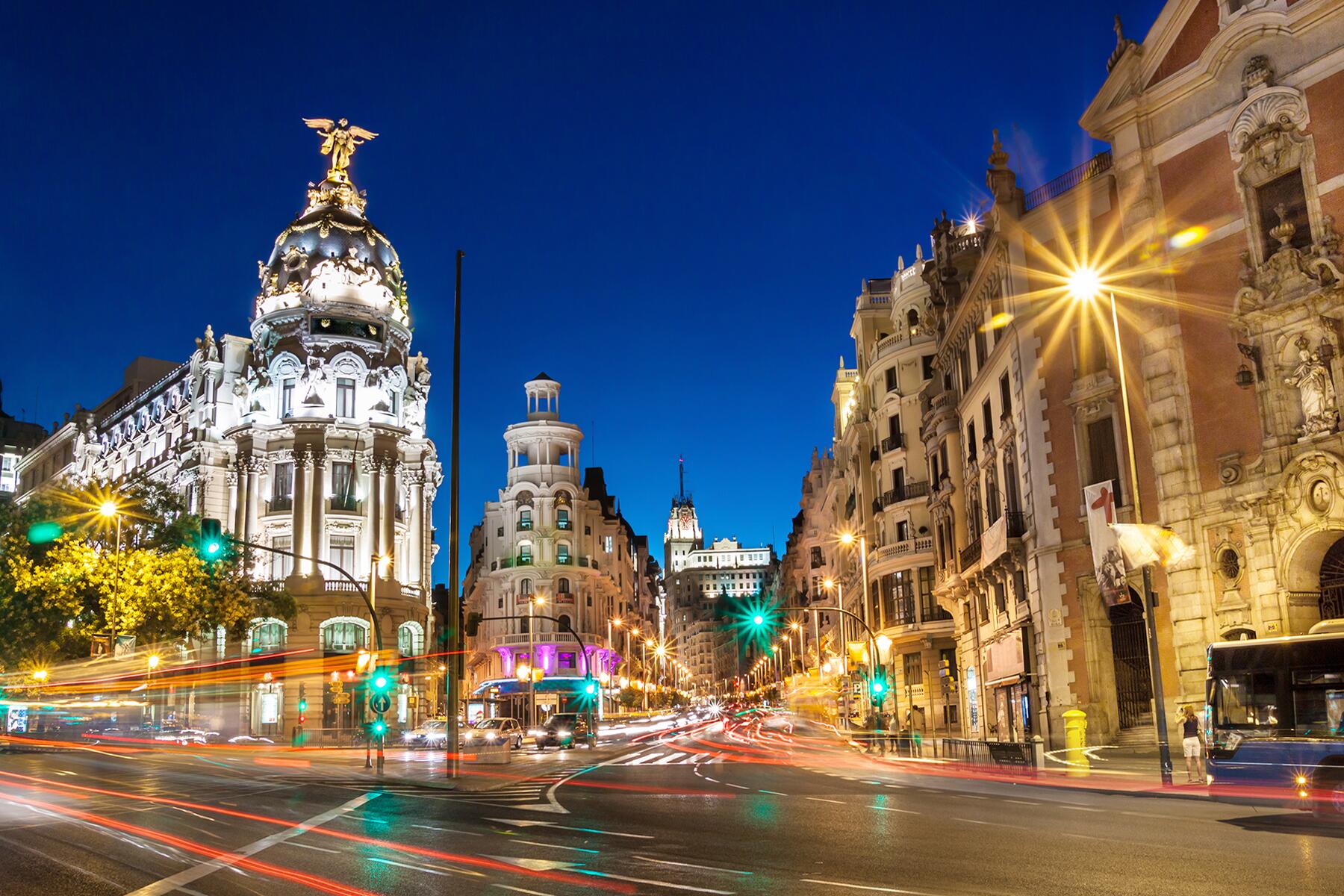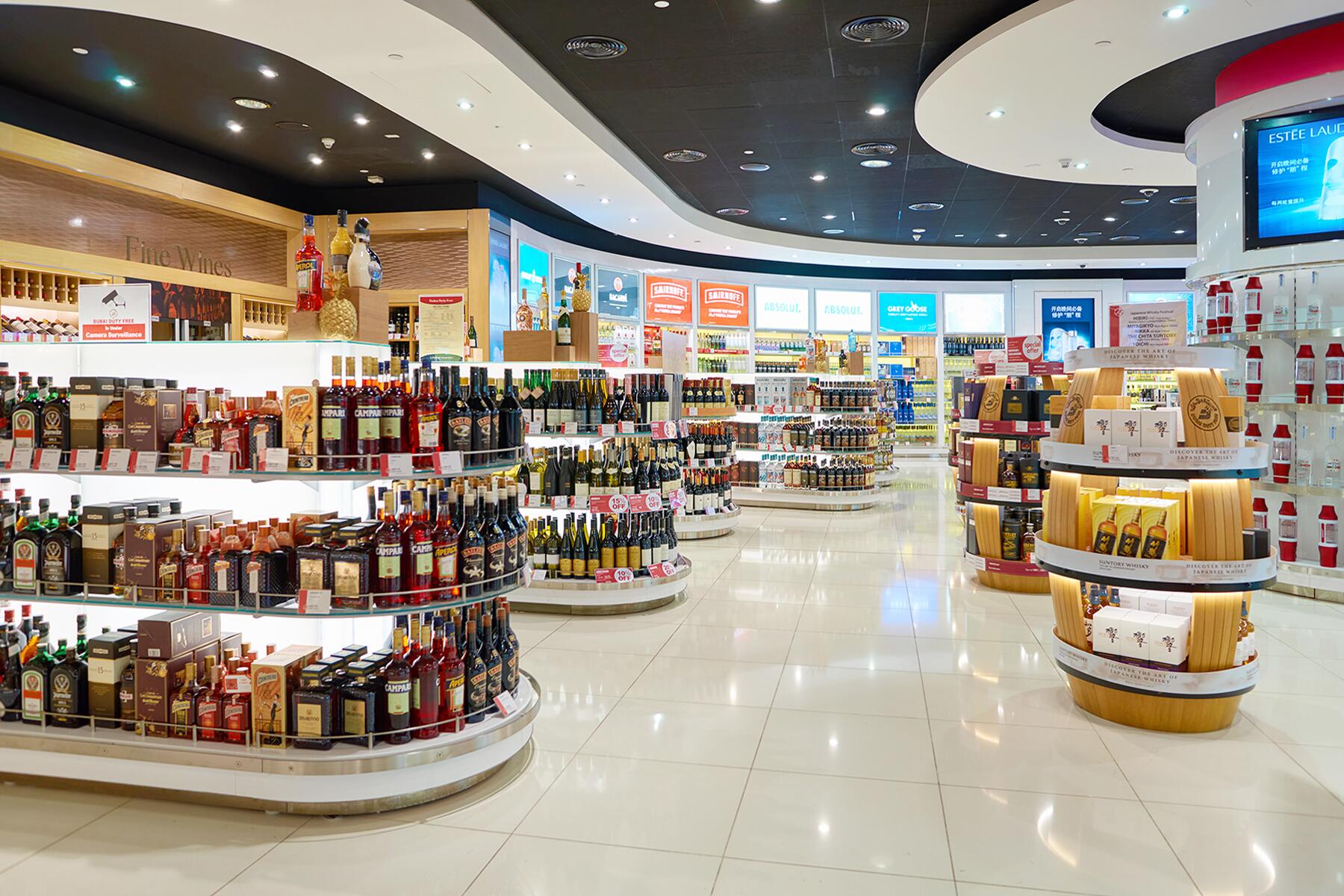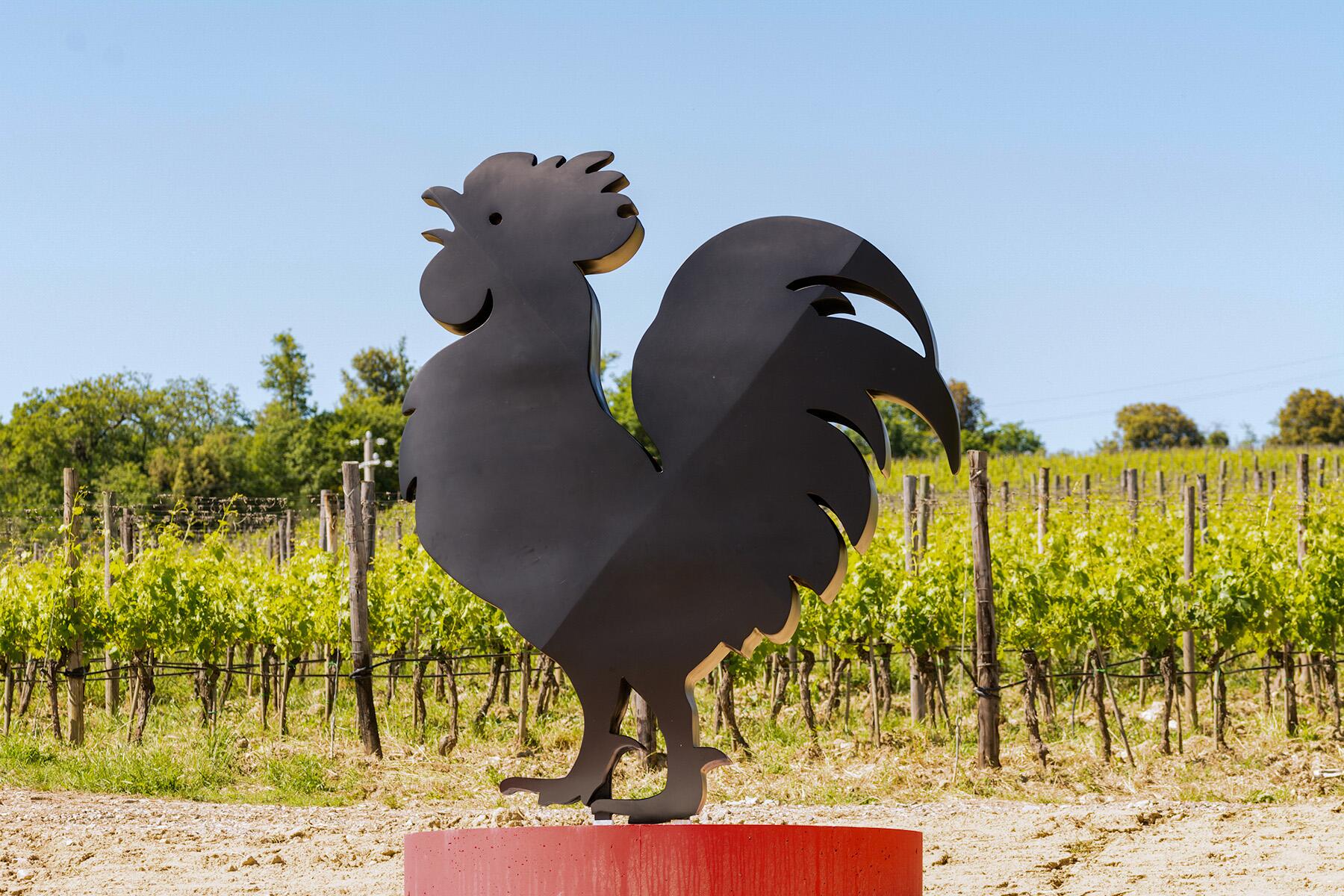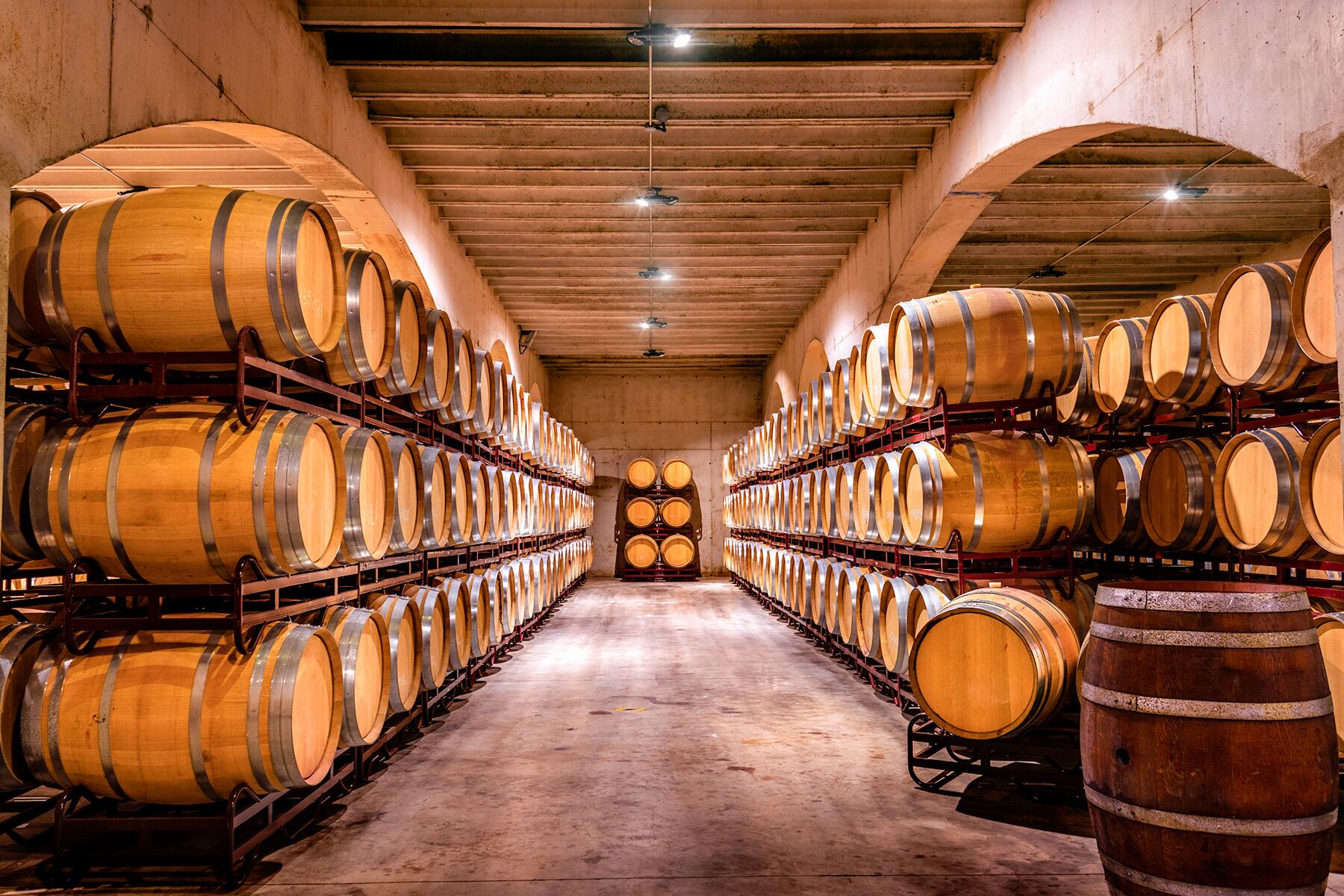- ⁄
- Travel News
- ⁄
- Booze
Nothing says glamour quite like a bubbly glass of Champagne, but behind that fizz are some fun facts we bet you didn't know.
No beverage is capable of eliciting sheer joy the way that Champagne can. The mere sound of a cork gently popping can turn the heads of curious (and envious) diners at every other table in the restaurant. And who can help but bubble over with excitement at seeing a server balancing a flute-filled tray at an opening or event? The beloved sparkling wine is a go-to for life’s special celebrations—big and small—and it’s also a deft option to pair with your favorite dishes. Here is a magnum’s worth of cool things to know about everyone’s favorite effervescent elixir.
Top Picks for You
It’s Not Actually Champagne Unless It Comes From This Region
France’s Appellation d’Origine Contrôlée (AOC) strictly regulates the production of the region’s wines, from permitted grapes to maximum vineyard yields to cellar techniques. Only bottles produced in this region under these regulations have the right to be labeled as Champagne—unless they fall into a loophole in the Treaty of Versailles that ended World War I. Article 275 was meant to solve global disputes about wine and spirits place names—but the U.S. never ratified it. That, coupled with a compromise on a 2005 agreement between the U.S. and E.U. easing restrictions on wine trade, means that American producers like Korbel, Andre, and Cook’s, who had been calling their sparkling wines “Champagne” before the agreement, can continue to do so, much to the chagrin of French Champagne winemakers.
Most Champagne Producers Don’t Grow Their Own Grapes
Most Champagne producers are Maisons, also called Négociants Manipulant (NM), represented by the larger, well-known brands like Veuve Clicquot and Moët & Chandon. These houses purchase grapes from many growers and blend them to create a consistent style every year. But another kind of producer has been trending in the past few years: vignerons or Récoltant Manipulants (RM), who make Champagne from grapes grown on their property, like Chartogne-Taillet and Bérêche et Fils. Because of vintage variations, these so-called Grower Champagnes can vary yearly, which can be exciting for wine lovers. But it also means that if you fall in love with a bottle, remember that next year’s version could be wildly different.
Recommended Fodor’s Video
Every Bottle of Champagne Has Enough CO2 to Produce Around 20 Million Bubbles
Champagne gets all of that fabulous fizz through a process called secondary fermentation. Producers start by fermenting and bottling a still wine, adding a cocktail of yeast and sugar. The bottle is capped, and as the yeast feed on the sugar, they produce alcohol and carbon dioxide as by-products. After their job is done, bottles are gradually turned upside down to collect the dead yeast cells in the neck, which are frozen to remove them. Finally, the Champagne is topped off and finished with a cork, wire cage, and foil. The bubbles—also called the “mousse”—are smaller and more lively the younger the wine; vintage bottles that are decades old gain complexity but lose much of their effervescence.
Soil Has a Lot to Do With Champagne’s Character
Around 70 million years ago, northeastern France was located under an inland sea. After the waters receded, the fossils from marine organisms created the chalk and limestone soils that are prevalent in the region today. Stroll through many vineyards, and you can see stark white chalky rocks among the rows. Because limestone is porous, it can retain water during dry summers; yet it also drains it away quickly when there is too much, giving the vines just enough stress to achieve that elusive balance of ripe fruit and lithe acidity. The limestone is also believed to lend notes of minerality to the wines.
This Luxury Resort Employs the World’s First Champagne Concierge
At The Royal Champagne Hotel & Spa, a luxury hotel in the heart of Champagne, Lise Legrand meets with guests at check-in to discover their preferred Champagne style and then crafts a bespoke sparkling wine-soaked itinerary with tasting and excursions. Legrand has insider access to organize tastings at Champagne houses that are closed to the public, she can book massages or facials steps away from UNESCO’s-designated vineyards and is also on hand to plan romantic hot air balloon Champagne soirées à deux.
You Can Thank Napoleon for the Tradition of Sabering Bottles
After the French Revolution, the saber was the weapon of choice for the Hussars, the French statesman’s light cavalry, whose members would create a spectacle by using them to open bottles during victory celebrations across Europe. The secret is to slide the blunt side of the saber along the seam towards the cork, as it’s the weakest part of the bottle. As the saber hits the lip, it breaks the collar from the neck, and the force of the liquid escaping prevents any glass from entering. Today, you can learn this cool party trick at places, including Brennan’s Restaurant in New Orleans. General manager Christian Pendleton is the only person in Louisiana who’s certified by the Confrérie du Sabre d’Or to teach people the fine art of sabrage.
Champagne Is Ready to Drink Immediately
Contrary to what many people think, most bottles are meant to be consumed immediately and don’t need time in the cellar (or on your wine rack). That’s because most of what’s produced are non-vintage, or NV, made with wines from several vintages to maintain a consistent house style. The exceptions to this rule are bottles produced during vintage years, which are designated around three times every decade when a harvest is particularly exceptional. Vintage bottles, fermented using grapes from one particular year, will continue to evolve and improve over time.
Also in this cellar-worthy list are têtes de cuvée, the top offerings from a house, like Taittinger Comtes de Champagne, Veuve Clicquot La Grande Dame, and Billecart-Salmon Cuvée Nicolas-Francois.
Champagne Actually Pairs Well With Food
Obviously, Champagne pairs perfectly with New Year’s Eve countdowns, romantic candlelit Valentine’s Day dinners, and cheeky and heartfelt wedding reception toasts. But did you know that its palate-scrubbing bubbles are just as much a foil for fried chicken and French fries as for rich foie gras? Or that it goes swimmingly with artfully prepared sushi? Fuller-bodied styles like Blanc de Noir (made with red grapes) can even hold their own next to filet mignon, seared duck breast, or tender lamb chops. Champagne’s mouthwatering acidity and effervescence allow it to cozy up with various low-brow and high-brow dishes. It doesn’t need a celebration–it is the celebration.
Flutes and Coupes Are Not the Best Glassware for Champagne
Sure, a flute looks festive, but its narrow style does nothing to deliver those irresistible aromas of lemon curd, brioche, and hazelnuts straight to your olfactory senses. Ditto for a coupe, which is just too shallow. Book a tasting at a Champagne house, and you will most likely be presented with a flight of pours served in wine glasses with larger bowls, which better allow the bouquet to open and develop. If you don’t see enough bubbles in your glass, take a cue from some glassware manufacturers, who slightly scratch the bottom of the inside of the glasses to give the bubbles a little help.
There’s a New Way to Drink Champagne
Inspired by sunbathers in the south of France who sip their Champagne over ice to keep it cold and refreshing, houses including Moët & Chandon created a new style that actually gets better when it’s diluted with ice. Ice Impérial and Ice Impérial Rosé are made mainly with pinot noir and pinot Meunier, so they are more concentrated; they also have a higher dosage, so they taste sweeter. The result is a bubbly that doesn’t get lost among melting cubes in the sweltering heat, with intense notes of mango, guava, nectarine, and raspberry, along with racy grapefruit-like acidity. Veuve Clicquot and Pommery followed suit with similar offerings, and these bottles have proven popular poolside and at VIP tables in nightclubs.





